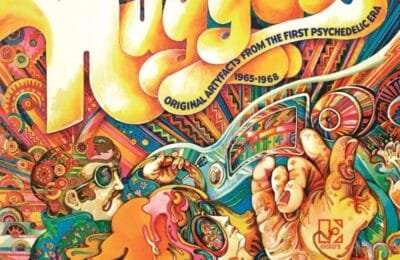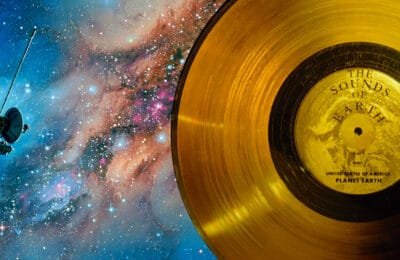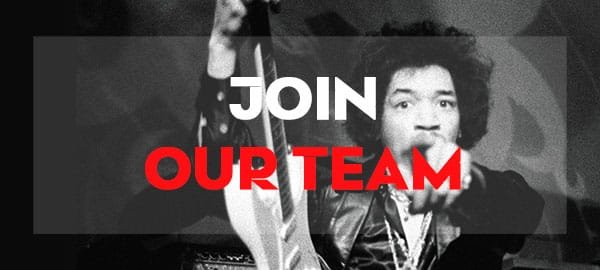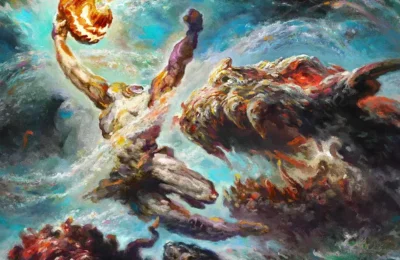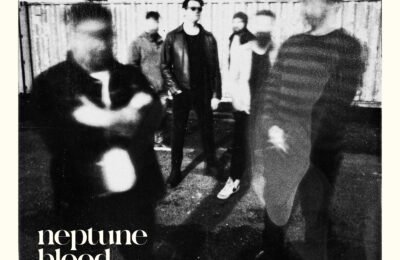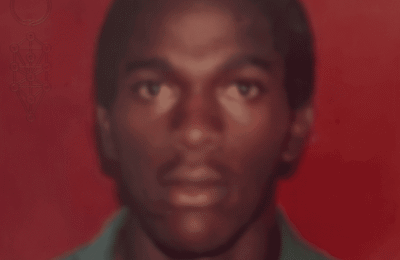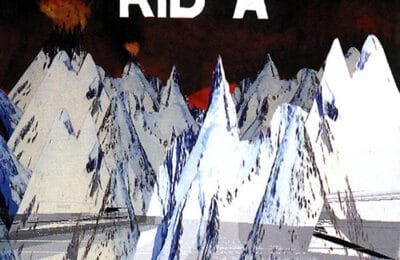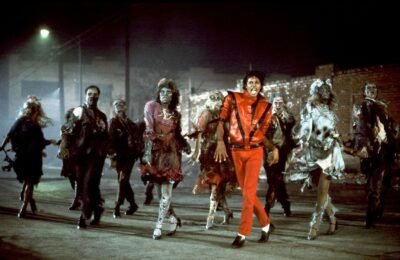Pink Floyd up against the Wall
The band takes another year off. Each member uses this time to focus on personal projects. David Gilmour, along with some friends, releases his first solo album, simply titled Gilmour, in May 1978, followed by a short promotional tour. Rick Wright also ventures into solo work, releasing Wet Dream—a progressive album well-suited to the era’s style—in the same month. Nick Mason, an avid motorsport enthusiast, spends his time racing, occasionally participating in small competitions.
Meanwhile, Roger Waters continues to develop a concept album around The Wall, a monumental work he even envisions as a rock opera. It tells the story of a rock star’s troubled life: a difficult childhood dominated by an overprotective mother, the absence of a father lost in war, and later, the star’s psychological fragility as he seeks validation, falls into depression, and experiences hallucinations. A dark, introspective narrative resembling self-psychoanalysis, the story also echoes elements of Syd Barrett’s life. At the same time, Waters pursues another peculiar project centered on the polarizing opinions surrounding hitchhiking (yes, really).
Although Waters initially plans these as solo projects, he shares them with the rest of Pink Floyd for their input—a rare occurrence. One project captivates the band: The Wall. It has significant potential as both an album and a theatrical performance. The decision is made: The Wall will be a Pink Floyd album. But at what cost? The process is long and grueling. Waters has already written all the lyrics and prepared most of the demos, leaving little creative freedom for the others. To complicate matters, he wants to bring in Bob Ezrin—a producer known for his work with bands like Kiss—to co-produce the album. Gilmour questions this decision: “Why not produce the album ourselves?” Waters counters that Nick doesn’t care and Rick isn’t productive. Reluctantly, Gilmour agrees, already worn down by the prospect of endless, futile arguments.
Creative Tensions Mount
The collaboration proves to be far from smooth. Waters exerts complete control, stifling most of his bandmates’ initiatives. Nevertheless, Gilmour manages to co-write three tracks, including the brilliant Comfortably Numb, for which he is the primary author. Meanwhile, Rick Wright endures constant criticism from Waters, who simultaneously prevents him from contributing and accuses him of being uninvolved. Gilmour and Mason try to encourage Wright, urging him to work from home in a more relaxed setting, but nothing seems to work. Wright is uninspired and demotivated. Eventually, Waters demands that Wright leave the band.
“There was a meeting where Roger told me he wanted me out,” Wright recalls. “I initially refused. Then he stood up and said that if I didn’t agree to leave after the album was finished, he’d take the recordings with him. There’d be no album, and no money to pay our huge debts. So I agreed. I had two young children to support. I was terrified.” Wright remains involved only as an additional musician for both the album and the tour. The other band members, fearful of similar treatment, stay silent.
The Release and Tour of The Wall
Released on November 30, 1979, The Wall becomes an instant success, climbing to the top of the Billboard chart and remaining there for fifteen weeks. However, Waters rules the band with an iron fist. Ezrin, who allowed information about Wright’s dismissal to leak, is excluded from the tour. The tour itself promises to be a groundbreaking spectacle. Waters plans to literally build a wall between himself and the audience during the performance. Due to the enormous logistical requirements, the tour is limited to only a few cities (Los Angeles, New York, and London).
The tour kicks off on February 8, 1980, at the Los Angeles Sports Arena. The audience is greeted with a show even grander than Pink Floyd’s previous performances. To begin, one band appears on stage and plays the opening track. Then, to the crowd’s surprise, a second group joins in. The first group consists of musicians wearing masks resembling the members of Pink Floyd. As the concert progresses, technicians construct a massive polystyrene brick wall, gradually separating the band from the audience. This spectacle is enhanced by animations and giant puppets designed by Gerald Scarfe. A state-of-the-art sound system adds to the immersive experience, with audio traveling in 360 degrees and even emanating from beneath certain seats. The show ends with the wall dramatically exploding during the final song, Outside The Wall.
The first performance isn’t without its hiccups. A small fire breaks out on stage due to a pyrotechnics malfunction, but the show resumes after a brief pause. Spectators leave in awe, questioning whether they’d just attended a concert or witnessed something entirely different.
The Aftermath
Following the tour, the band goes their separate ways. A devastated Rick Wright officially leaves Pink Floyd, vowing never to work with Roger Waters again. Meanwhile, Nick Mason releases his first solo album, Fictitious Sports, in collaboration with Carla Bley, who writes all the lyrics, and Robert Wyatt. The band remains unusually quiet, with no projects underway. Each member lives their own life, and the lingering tensions remain unresolved. To mitigate financial losses, the record label releases a compilation of recent hits under the title A Collection of Great Dance Songs.
The Birth of The Wall Film
During this hiatus, Roger Waters focuses on adapting The Wall into a screenplay. Its narrative structure naturally lends itself to a cinematic interpretation. Waters hopes to direct the film himself or at least play the lead role of Pink (“Which one is Pink?”). However, Hollywood doesn’t bend to his wishes. Alan Parker is brought on to direct, with Waters serving as artistic consultant and Gerald Scarfe contributing inspired animated sequences. The role of Pink goes to Bob Geldof, an Irish singer from the punk band The Boomtown Rats. Though Geldof initially seeks fame through music, it is his role in the film—and later his humanitarian efforts with Live Aid—that bring him global recognition.
Filming for Pink Floyd: The Wall takes place in the first half of 1982. The premiere is held on July 14 at London’s Empire Theatre. Reception is mixed: some hail it as monumental and profound, while others dismiss it as self-indulgent and pretentious. Regardless, the film captures the essence of the album and, more importantly, reflects Roger Waters’ increasingly isolated state of mind.


